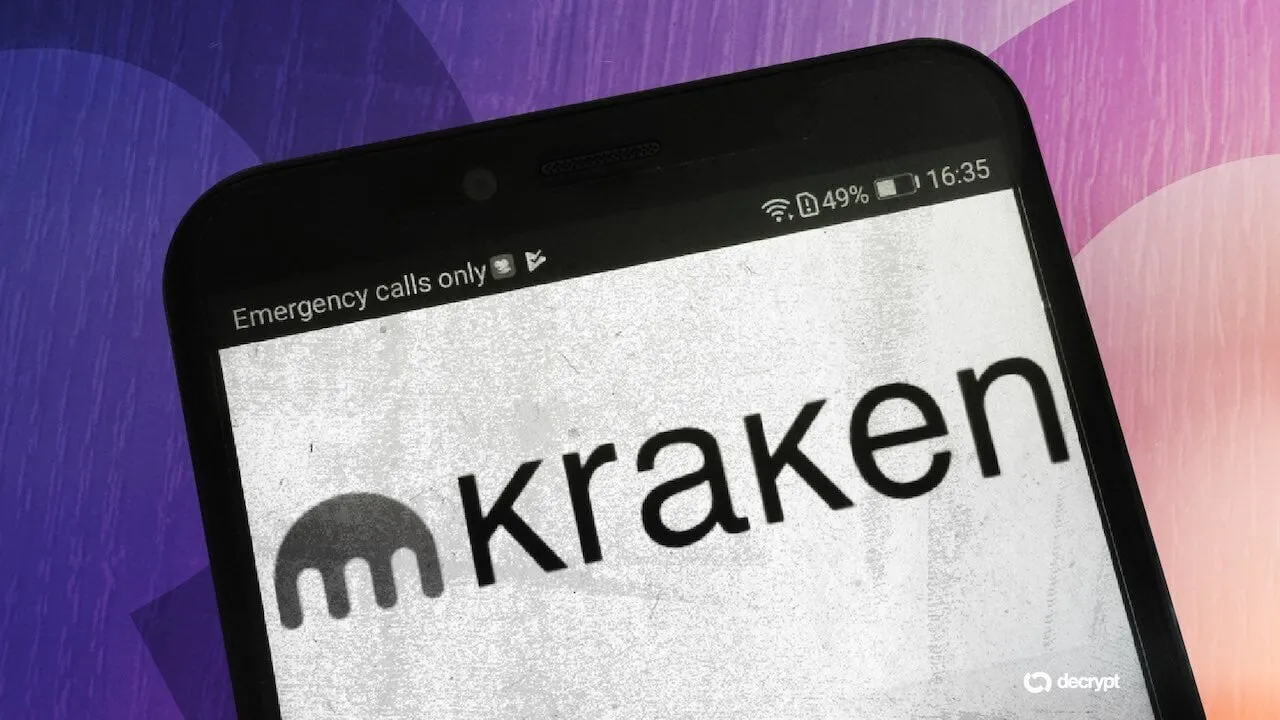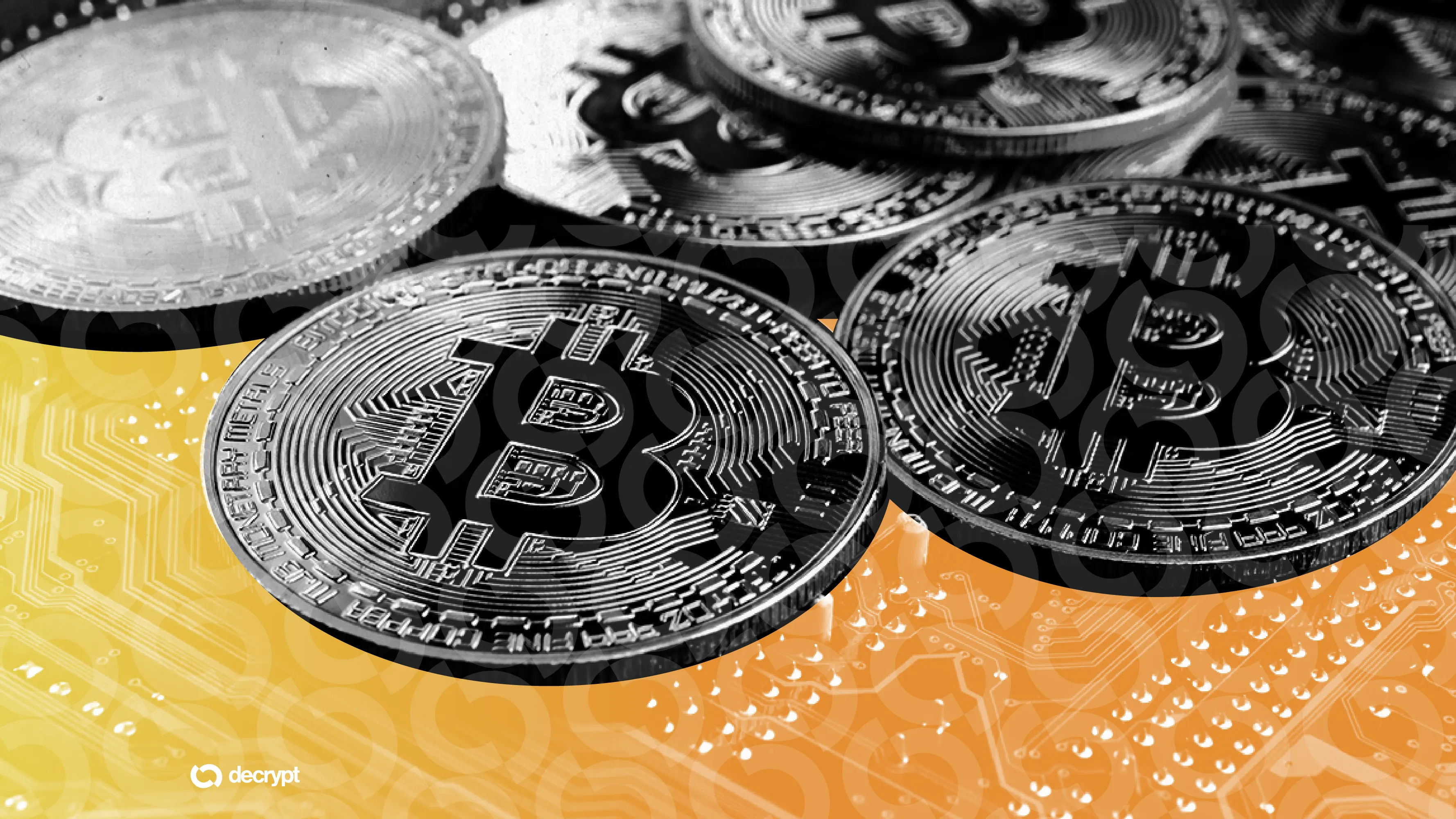It's fairly well known that the illegal practice of "wash trading"—"robo" buying and selling of cryptocurrencies to create fake demand—is rife among exchanges. In December, the Blockchain Transparency Group compiled an advisory list of 64 exchanges it considers suspect. At the time, the Group reported that as much as 67% of the volume traded on those exchanges was inflated.
It could actually be far worse.
CrytpoIntegrity, an anonymous group of data researchers supposedly based in Cyprus, analyzed a dozen top exchanges and found that, in February, fully 88% of the trades—or 86% of the volume—appears to be artificial. You can read its new report here.
It's unclear, exactly, who Cryptointegrity is. When contacted by email, a spokesman said the group, comprised of volunteers in Europe and Asia, formed recently as a "non-commercial project aimed at detecting market manipulation and anomalies in crypto markets, fostering transparency and market integrity. We are a team of enthusiasts with a background in finance, algorithmic trading, computer science and data science." Presumably, since the report targets some large exchanges, the authors are protecting their own identities.
Per CI's unnamed spokesman then, the team built "a system the collects low-level market data from exchanges (order books as well as trades). It allows us identify what no one is able to find on charts or by the analysis of trades & volumes."
What it found was hardly surprising to anyone who's at all familiar with wash trading. The February report identified a negative correlation between the liquidity displayed in order books and the reported volume. By comparison, he said, "good exchanges" show a positive correlation. CI's thesis is that "wash trading bots are reluctant to trade with real market participants and take real exposure."
Cryptointegrity's report, he added, is significant because its algorithm is published on GitHub, where it can be vetted and peer reviewed. "Most of the studies, which have identified fake volumes, are based on trade analysis, comparison of reported volumes to web visitors. Blockchain Transparency Institute seems to go further, however, they do not disclose their detailed methodology. In contrast, we make public not only our methodology but also the codebase, which is accessible in GitHub."
The reports methodology and its findings, looks like it's on the up and up, and jibes with what others have found. Still, it would be nice to have real names attached to the work. (The team's website simply directs to the Medium post.) We've asked for more detail on who the principals are and will update it if any answers are forthcoming.




